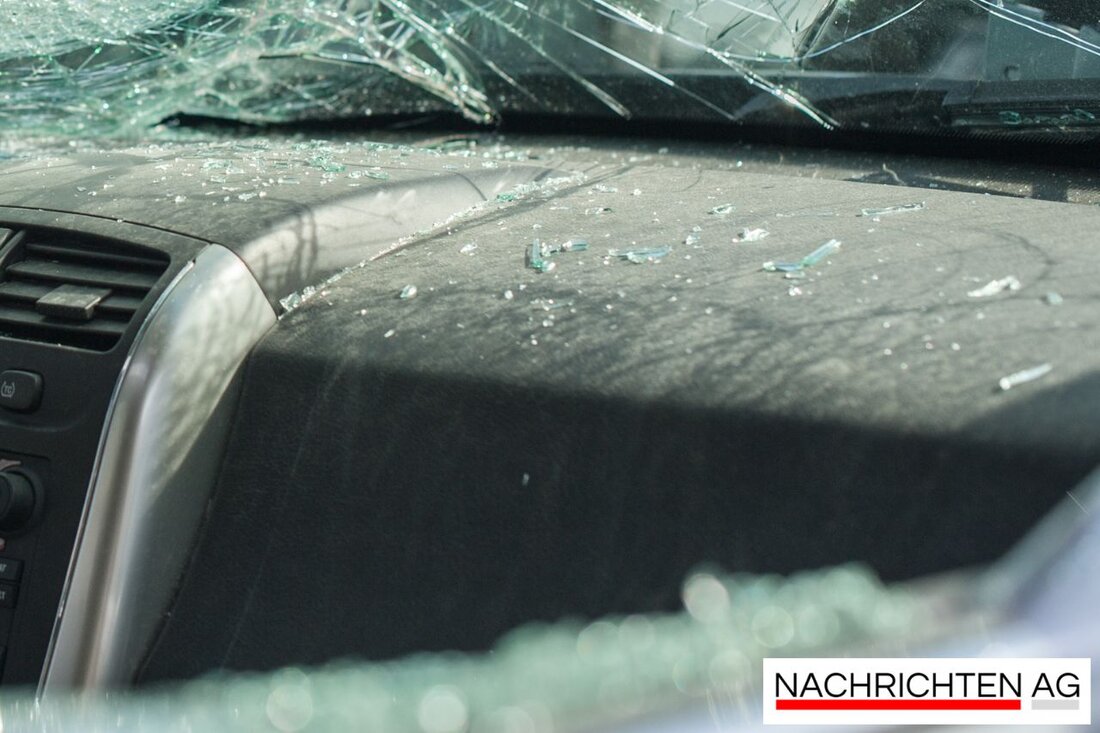Rescue operation at the Nepomuk Bridge: wheelchair user rescued!
In Sigmaringen, rescue workers freed a wheelchair user from an awkward situation on the Nepomuk Bridge. Quick help prevented anything worse from happening.

Rescue operation at the Nepomuk Bridge: wheelchair user rescued!
On October 26, 2025, at 12:33 p.m., the police were called to a worrying operation at the Nepomuk Bridge in Sigmaringen. A 57-year-old wheelchair user was in an awkward position because one half of her wheelchair was on the path while the other side was hanging on the slope of the Danube. This critical position led to a large contingent of rescue workers, including fire departments, emergency services and police, who quickly rushed to the scene after an emergency call was received. The caller reported the imminent danger to her life as the woman could fall into the Danube, which led to the emergency services responding quickly, reports SWP.
However, the police were quickly able to give the all-clear on site. There was still around 10 meters of meadow between the affected woman and the Danube, which minimized the risk of a fall. After quickly evaluating the situation, the fire department and rescue service were able to free the lady safely. Positive conclusion: The quick help was crucial and the woman was saved unharmed News reported.
Need for accessibility
An incident like this brings another dimension into play: accessibility in the design of public spaces. The Basic Law and the Equality Act require that people with disabilities be treated equally. The current discussion highlights the requirements for escape routes, which often do not sufficiently take the needs of people with disabilities into account, such as the platform Zero barrier described in detail.
In fact, existing regulations such as DIN 18040 stipulate that many people with disabilities are classified as “not capable of self-rescue”. This is a serious security gap, especially when you consider that escape routes in public buildings are often not barrier-free. In the event of a fire, this could have catastrophic consequences if rescue is not adequately guaranteed.
The creation of barrier-free escape routes must be a central concern to ensure the safety of everyone. Examples of solutions, such as smoke-tight vestibules or alternative means of escape, should be taken into account in the planning phase of buildings. This is a clear appeal to politicians and planners to prioritize accessibility and ensure that measures to improve safety are actually implemented effectively.

 Suche
Suche
 Mein Konto
Mein Konto